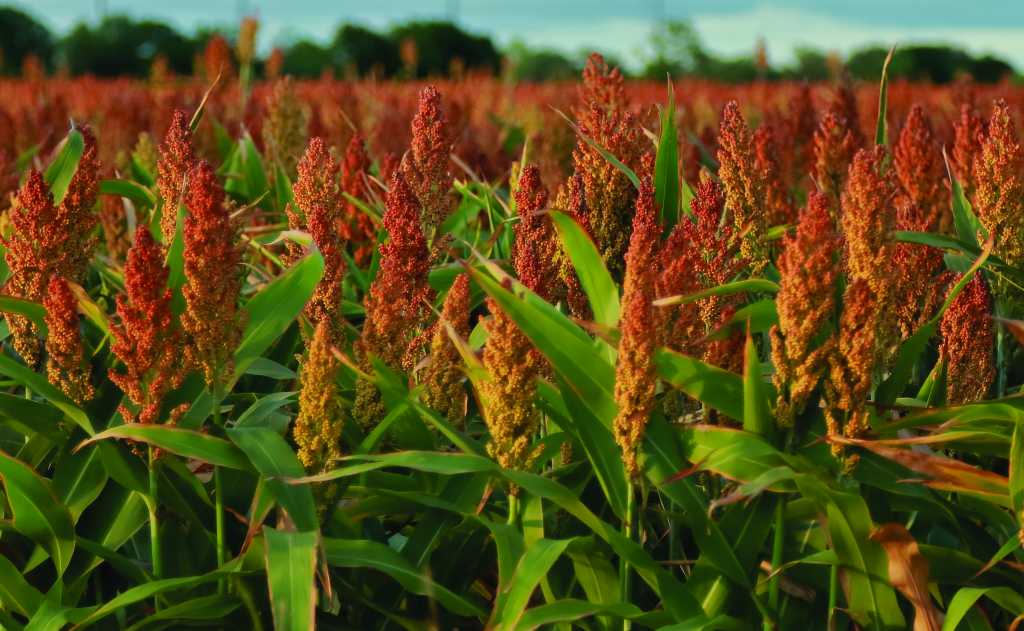Sorghum is one of the top five cereal crops in the world. Having produced approximately 454 million bushels (11.5 metric tons) in 2021, the United States is the world’s largest producer of grain sorghum. Known as a high-energy, drought-tolerant, resource conserving grain, sorghum is most commonly used for livestock feed. However, the versatile crop may see growing demand in another field: advanced biofuels.
Following the Renewable Fuel Standard program in 2007, the U.S. sorghum industry saw an increased use of sorghum for ethanol production. In 2017, ethanol produced from grain sorghum oil extracted at dry-mills was classified as an advanced biofuel following the determination that grain sorghum production met the 50% lifecycle greenhouse gas emissions reduction threshold required for advanced biofuel status.
“Currently, U.S. sorghum-based ethanol is consumed domestically, but increased production could lead to greater export opportunities. It’s worth noting, to that end, that the process of cooking ethanol mash often uses non-natural gas forms of energy, including methane, flared off gas, and crop stover. This increases the feasibility of biofuel production when access to natural gas is limited.” – Wayne Cleveland, Executive Director of the Texas Grain Sorghum Producers Board

U.S. grain sorghum is understood by the global market to be the highest quality, most consistent in the world. Texas is one of the top producing states of grain sorghum, having produced 114 million bushels (2.9 MT) in 2o21. The crop is a staple in Texas largely due to its drought-tolerant tendencies. In addition, the size and geographic diversity of Texas allows grain sorghum to be harvested all the way from June (in South Texas near the Mexican border) to November and even December (the Texas Panhandle).
A unique advantage to Texas grain sorghum production is found through its proximity to key ports along the Texas gulf coast. Over 80% of all U.S. sorghum that has been exported for the last decade left through ports along the Texas Gulf Coast – Houston, Galveston, and Corpus Christi, namely. This proximity allows for significantly greater efficiencies and reduced logistical costs associated with exports. The benefits associated with the proximity to major ports together with the uniquely long growing season for grain sorghum in Texas, allows for excellent purchasing opportunities.
With the current rise of energy prices and dilema around securing supply, U.S. sorghum may see itself taking on a new role both domestically and globally. Multiple industry-led initiatives acknowledge the crop’s potential, declaring U.S. sorghum growers to be a major part of future green energy opportunities.
Work is ongoing to better quantify the sustainability impact of U.S. grain sorghum production. Grain sorghum is considered a resource conserving crop, with a minimum of just ~7 inches needed for the crop to produce grain. In addition, over 75% of U.S. sorghum producers practice conservation tillage, meaning they do not strip-till their land and leave more than 30% of the soil surface covered with crop residue, both practices heavily correlated with carbon sequestration. The sorghum industry aims to continue to better quantify the benefits of these practices when generating carbon scores, driving preferences for inclusion of sorghum in biofuel production across multiple industries.
Are you an importer or business looking for Texas grain sorghum in Europe? Feel free to reach out to Phaff Export Marketing, the in-market consultant for the Texas Department of Agriculture.




